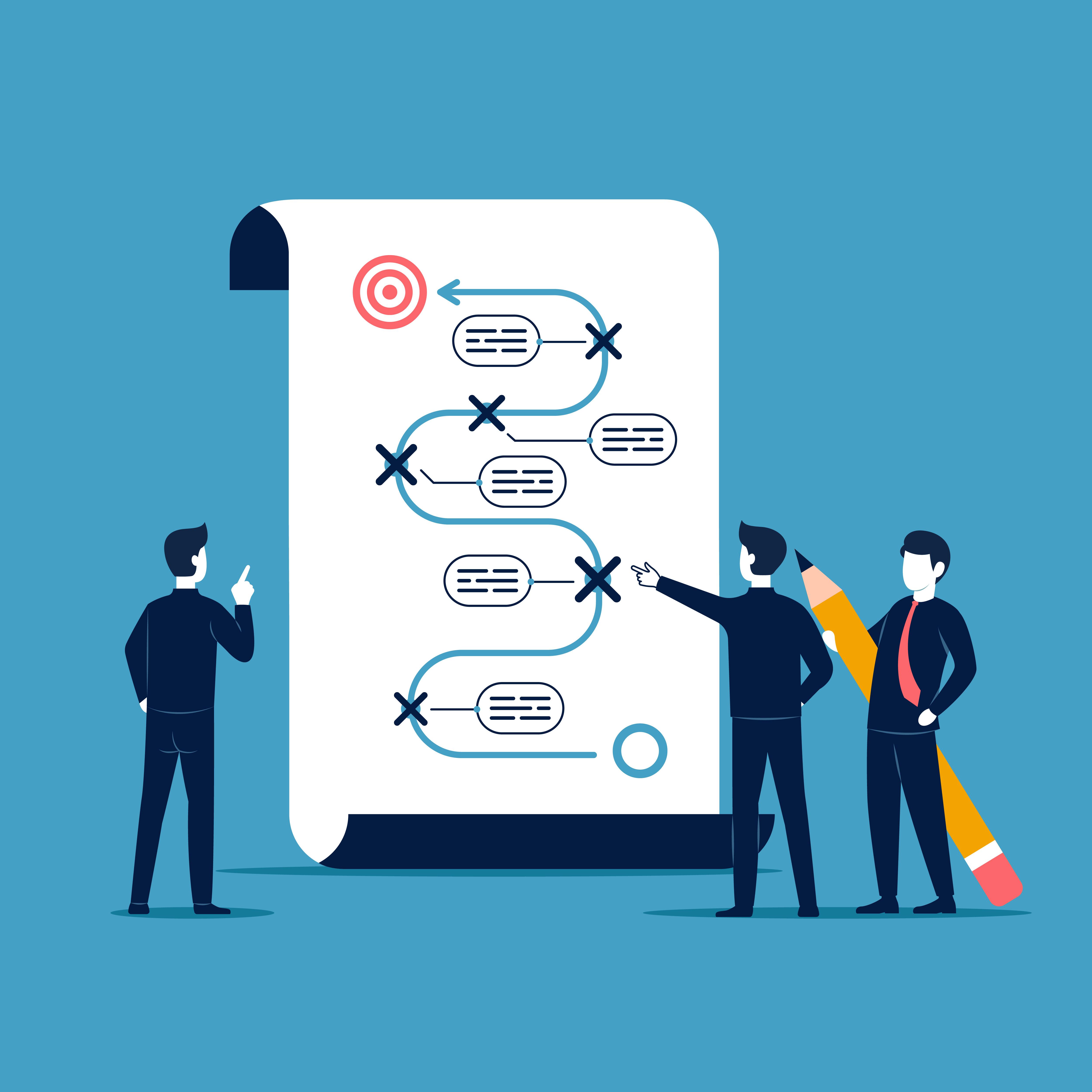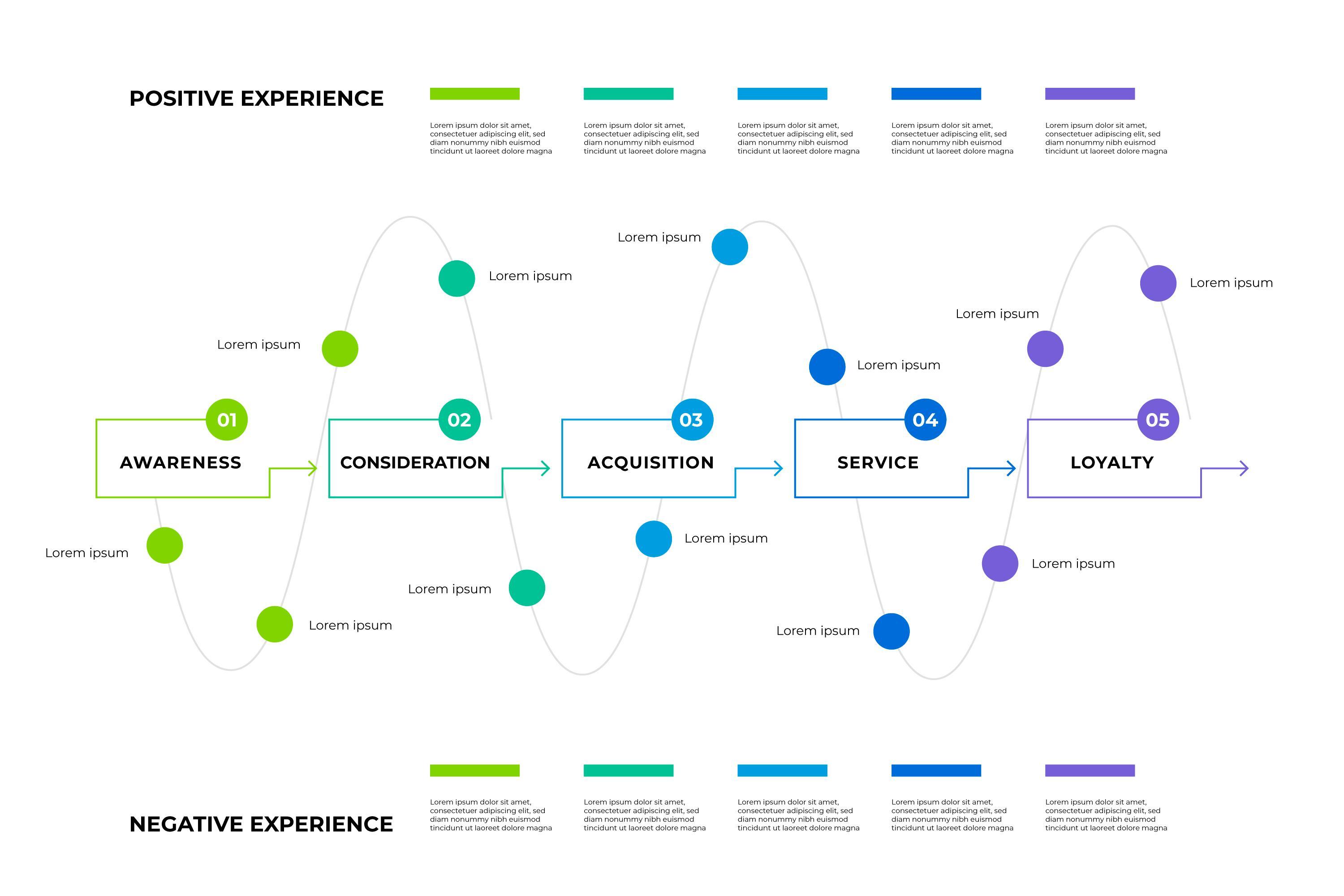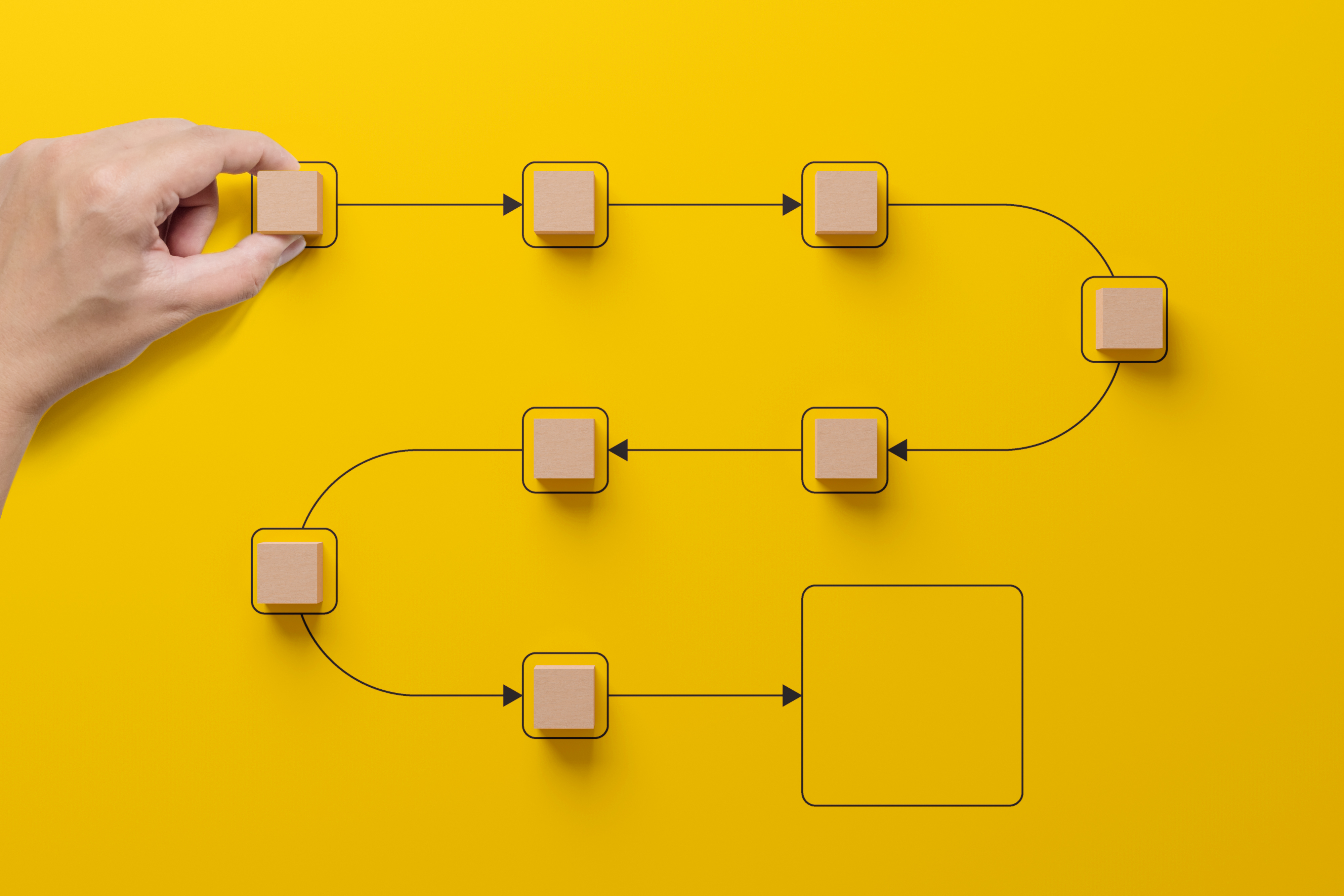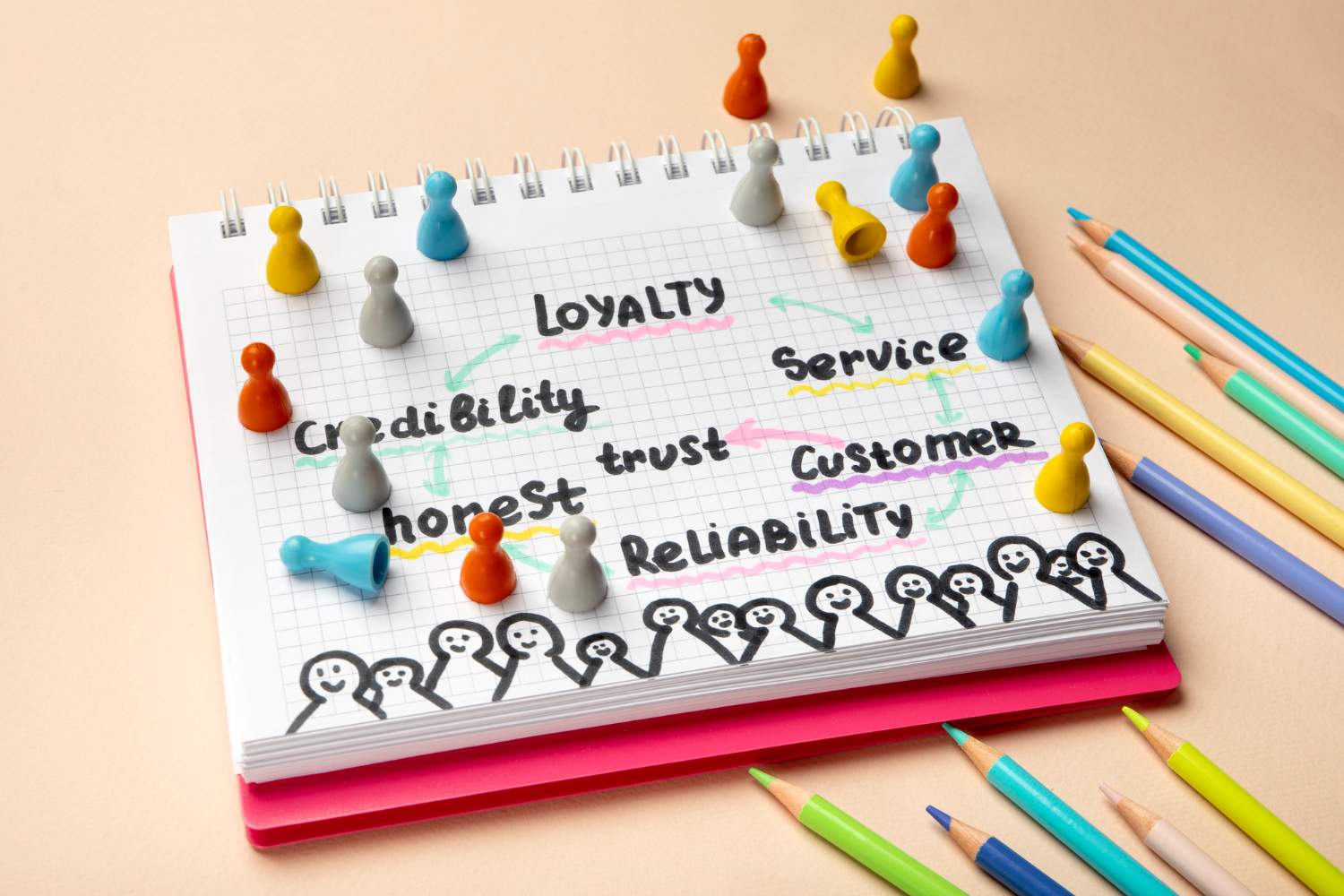Awareness?
Purchase?
Loyalty?
1. Customer Personas: Knowing Who You’re Mapping For
Every journey starts with someone. That “someone” is your customer persona, your stand-in for real people who engage with your brand.
When I build personas, I don’t just look at demographics like age or location. I dig deeper, into motivations, frustrations, goals, and emotional triggers.
For example, when I was mapping journeys for a fitness brand, I created three personas:
- Aspirer: Wants to get fit but feels overwhelmed by where to start.
- Achiever: Already active but seeks progress and structure.
- Balancer: Struggles to find time but values well-being.
Each persona interacted with the brand differently, even though the product was the same. That’s when I realized: the journey doesn’t change because your business does — it changes because your customer does.
If you’re not sure how to define your personas clearly, I recommend revisiting Customer Journey Map vs Buyer Journey Map, where I explain how understanding mindset affects mapping.
2. Stages of the Journey: The Big Picture Flow
Once I understand who I’m mapping for, I define the journey stages, the high-level phases a customer moves through. While every business is unique, I generally use five stages as my framework:
- Awareness: They discover the problem or your brand.
- Consideration: They start researching and comparing options.
- Purchase: They make a decision and take action.
- Retention: They continue using the product and form habits.
- Advocacy: They recommend your brand to others.
Each stage is like a chapter in a story with its own emotions, actions, and pain points. What matters most isn’t just defining the stages, but understanding what customers feel in each one.
In my own journey mapping process, I often use color coding, red for frustration, yellow for uncertainty, green for satisfaction, to make emotional highs and lows visible at a glance.
You can see how this connects to modern strategy in The Evolution of the Customer Journey Map, where journeys move from linear to emotional and circular.
3. Customer Goals: The Heartbeat of Every Stage
A mistake I made early on was focusing on brand goals instead of customer goals. But a customer journey map isn’t about what I want, it’s about what they need.
At each stage, I now ask myself:
- What is the customer trying to achieve here?
- What’s stopping them from achieving it?
- What would success feel like to them?
Let’s take the Awareness stage as an example: a user looking for “time management tips” isn’t just after an article, they want relief from feeling overwhelmed. When I align brand messaging with that emotional goal, engagement skyrockets.
So, instead of thinking, “How can I sell to them?” I think, “How can I help them win?” That small mindset shift changes everything.
To understand how emotional alignment improves retention, check out Benefits of Customer Journey Mapping.
4. Touchpoints: Every Interaction That Shapes Perception
Touchpoints are the “moments of truth”, where the customer meets your brand. These can be online (like ads, emails, or blog posts) or offline (like events or packaging).
When I map touchpoints, I write them in chronological order, from discovery to advocacy, and I label how they make people feel.
| Stage | Touchpoint | Emotion |
|---|---|---|
| Awareness | Instagram Ad | Curiosity |
| Consideration | Product Page | Interest |
| Purchase | Checkout Page | Anxiety → Relief |
| Retention | Email Follow-up | Gratitude |
| Advocacy | Referral Program | Pride |
The emotion column is what changes everything because it reminds me that each click or interaction is tied to a feeling. Sometimes the best way to improve a journey isn’t to add more touchpoints , it’s to make existing ones more emotionally consistent.
If you want to explore this idea further, see The Evolution of the Customer Journey Map, where I discuss how emotion became central to mapping.

5. Pain Points and Friction: The Gaps That Break the Flow
Every journey has roadblocks — moments of frustration or confusion that stop progress. These are the pain points, and honestly, they’re where most growth opportunities hide.
When I audit a journey, I ask:
- Where do users hesitate or drop off?
- What frustrates them most?
- What questions go unanswered?
For instance, if people abandon carts, I dig deeper: Is the pricing unclear? Is the checkout process too long? Do they trust the payment system?
Sometimes a small change, like adding transparent shipping info or social proof, removes massive friction. I’ve learned to celebrate pain points, not fear them. Because every friction point is a chance to create delight.
If you want to learn how to identify and fix these moments strategically, explore Steps to Creating a Customer Journey Map, where I detail the mapping and refinement process.
6. Emotions: The Hidden Engine of the Journey
This part is my favorite. If customer personas are the “who” and stages are the “when,” then emotions are the “why.” Mapping emotions allows me to predict behavior more accurately than any analytics tool ever could.
Here’s what I mean:
- If I notice frustration peaks during the consideration phase, I know to simplify comparisons, add testimonials, or improve FAQs.
- If joy peaks during onboarding, I build follow-up campaigns to reinforce that feeling.
Emotion is the invisible thread connecting every interaction. And when I design journeys that nurture positive emotion, I don’t just convert customers, I keep them.
This ties directly into Benefits of Customer Journey Mapping, where emotional understanding translates into loyalty and advocacy.
7. Opportunities: Turning Insight into Action
Once I’ve mapped personas, stages, goals, touchpoints, and emotions, I always end by listing opportunities, the actions I can take to improve the experience.
These are insights like:
- Add live chat to reduce hesitation during checkout.
- Create onboarding videos to boost post-purchase satisfaction.
- Personalize email sequences for inactive users.
I treat every journey map as a living document, something that evolves as I test, learn, and adapt. The goal isn’t to make a perfect map. It’s to create a framework that keeps improving as customers do.
My Takeaway
Over time, I’ve realized that every component of a customer journey map plays a unique role, like instruments in an orchestra. When they’re in sync, they create harmony; when they’re not, they create noise.
To me, customer journey mapping is less about plotting paths and more about feeling empathy in structure, using logic to design emotion.
Interesting Read
B2B Demand Generation: A Comprehensive Beginner’s Guide
Real-World Examples of Customer Journey Maps
Steps to Creating a Customer Journey Map
Benefits of Customer Journey Mapping
Customer Journey Mapping: Understanding Every Step of Your Customer’s Experience
https://woosellservices.com/woocommerce-extensions-and-addons/



